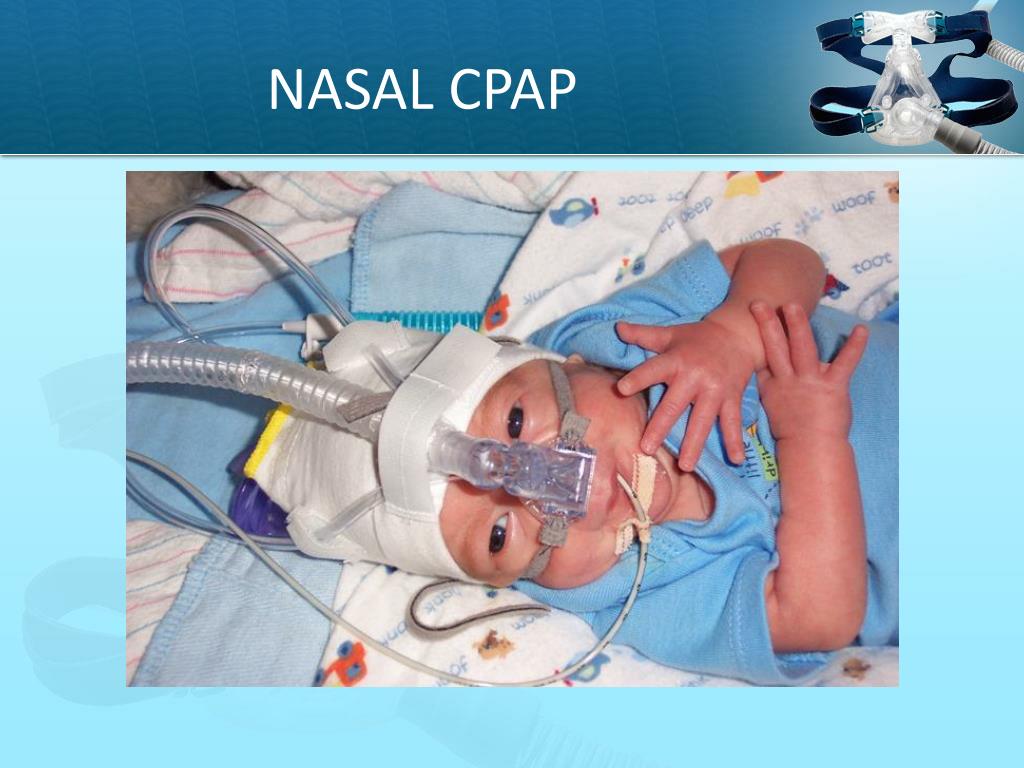

The pressure of a CPAP machine is measured in centimeters of water (cmH2O)-a special unit of measurement that measures water pressure.

To get there, a sleep study will help you monitor your number of AHI’s and determine if your OSA is mild (5 to 15 AHI), moderate (15 to 30 AHI), or severe (30 or more AHI). In terms of AHI, the goal of CPAP therapy is to help you keep your AHI readings to five or less. Your AHI number will help your doctor or sleep specialist determine the right pressure for you. This is called the apnea-hypopnea index (AHI), and it indicates how many times you stop breathing over the course of an hour of sleep. Your CPAP machine measures several things, including one key metric that sleep professionals use to determine the severity of your Obstructive Sleep Apnea (OSA). If your pressure is too high, you may struggle to keep up with your therapy, have nasal congestion, and experience choppy or fragmented sleep. When your pressure is too low, you may suffer from the symptoms of sleep apnea. In general, your CPAP pressure setting should be just high enough to keep your airway open. Let’s dive in! Information About Your Pressure Settings How much do you know about your machine’s pressure settings, regarding how they impact your sleep apnea treatment? What’s the average CPAP pressure setting? What pressure setting should you be using? What should you do if you snore while using your CPAP machine? However, if anything ever happens with your therapy or something changes with your health, understanding your CPAP pressure settings could help you and your doctor identify and solve any issues you may be having with your equipment. Sleep apnea machines come equipped with settings that sleep specialists can change to fit each person’s unique needs and sleep apnea therapy experience.Ī CPAP wearer can go years without really understanding much about their machine’s pressure and settings-and that’s understandable as long as it keeps working for them. Because of this, sleep apnea therapy is not a one-size-fits-all treatment. Everybody is unique, and every person with sleep apnea experiences it in a slightly different way.


 0 kommentar(er)
0 kommentar(er)
